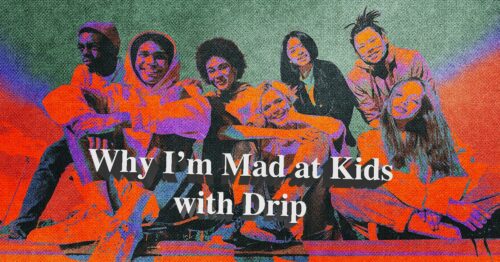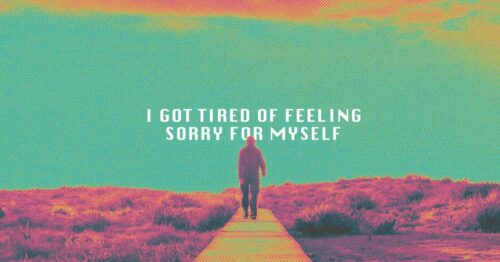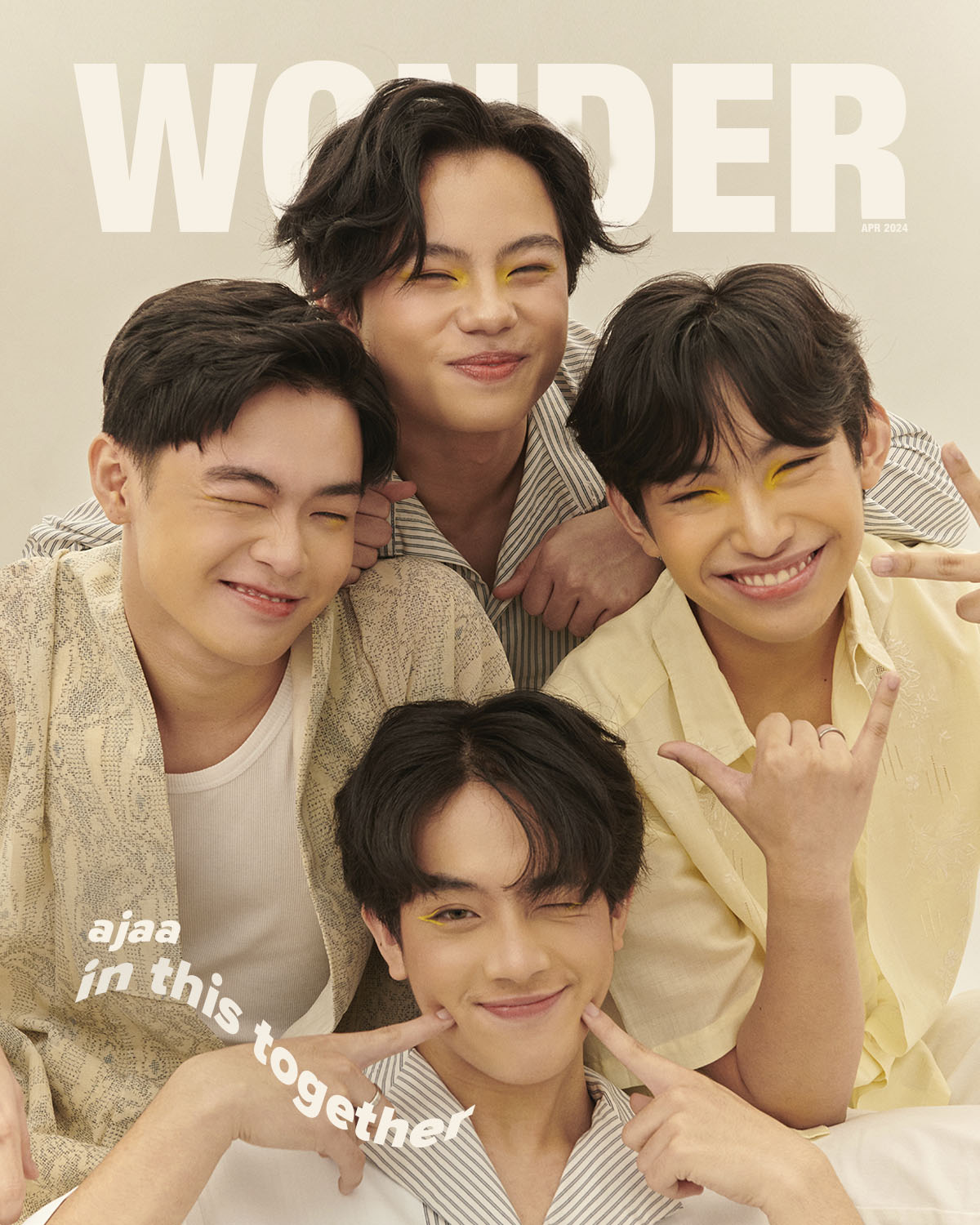A closer look at how sexual identity is related to mental illness
Coming out in a conservative environment has its devastating pitfalls. If you’ve been on the receiving end of religious sermons and claims that you must be mentally ill, you aren’t alone.
While belonging to the LGBTQIA+ community can be a source of strength and resiliency, it can just as easily pose unique challenges—most of which can negatively impact your mental health. Being LGBTQIA+ doesn’t automatically indicate the presence of a mental disorder, but it can put you at a higher risk of developing one. Here’s why.
RELATED: Gay Isn’t A Bad Word
How Mental Illness Was Used as a Weapon Against the LGBTQIA+
According to the National Alliance on Mental Illness (NAMI), members of the LGBTQIA+ community are twice as likely to develop mental health conditions—and it’s nothing new. Until 1973, the American Psychiatric Association (APA) considered being gay a mental illness, limiting national and global rights for LGBTQIA+ people.
Now-obsolete APA manuals once described being gay as inherently sociopathic and disturbed, a bias even more exaggerated post-World War II, when conformity was booming.
Even more “progressive” takes on the growing LGBTQIA+ community by CBS Reports were ultimately damaging for incorporating terminology like “promiscuous” or “incapable of a lasting relationship.”
Such prejudices resulted in thousands of unwilling institutionalizations, hate crimes and unemployment epidemics. Eventually, irrepressible campaigning led to the first breakthroughs for LGBTQIA+ community members in the 20th century.
Yet, conversion camps that aim to “cure” or “fix” one’s sexual identity remain rampant even today—why? The answer is simple: if it took decades to force prejudice into a losing position, the fight is hardly over.
But an end is not impossible.
RELATED: “Pray Away”: The Netflix Doc Is a Painful Yet Necessary Watch
Mental Struggles Within the LGBTQIA+ Community
Recent studies have shown that of the LGBTQIA+ community population, 61% suffer from depression, 45% are diagnosed with PTSD, and 36% have an anxiety disorder.
While mental struggles are prevalent amongst all LGBTQIA+ identifying people, they are most endemic to youths. Many LGBTQIA+ youths turn to disordered eating, substance abuse and self-harm to cope with emotional pain.
Even LGBTQIA+ youths living in a stable environment are not safe from rejection and discrimination. In a 2018 Human Rights Campaign study, 70% of LGBTQIA+ youths reported feelings of worthlessness and hopelessness.
In addition, there is a blatant lack of global and local LGBT-sensitive healthcare solutions, deterring many from seeking medical help.
RELATED: Let’s Talk About Mental Health: How to Be an Ally to the LGBTQIA+ Community
Local Church Impact on the LGBTQIA+
Despite being one of the most LGBTQ-friendly countries in Asia, the Philippines’ inherently Catholic culture is one that struggles to reconcile its complex relationship with gender identity and expression.
Catholicism perforates virtually every aspect of Filipino life, often suppressing LGBTQIA+ visibility and expression. Not to mention, there is a blatant lack of anti-discrimination ordinances and an abundance of hate crimes so haphazardly dismissed by the current administration.
Still, LGBTQIA+ rights groups like Bahaghari continue to lobby for basic rights and provide support to those mentally impacted by harassment, hate crimes and church pushback.
Many cling to the Philippines’ pre-colonial history of gender plurality, as evidenced in indigenous priestesses and deities. Some male shamans even laid with other men. So if men dressed like women up until the 16th century, what right does anyone have to vilify LGBTQIA+ individuals for how they express themselves?
How You Can Show Support for Local LGBTQ+ Communities
While the numbers may look daunting, many solutions are well within reach. Whether part of the LGBTQIA+ community or an ally, the options for support are plenty.
Outside of the annual Metro Manila Pride Parade, there are now a few dozen LGBTQIA+ organizations in the Philippines that you can consult.
UP Babaylan is the pioneering student-led LGBTQIA+ organization in the country, having been active since 1992. It spearheaded the Philippine Anti-Discrimination Bill and continues to host active campaigns that focus on LGBT-sensitive political growth.
RELATED: How the Law Protects LGBTQIA+ Rights in the Philippines
Perhaps one of the oldest local LGBTQIA+ groups is the Home for the Golden Gays, a non-profit that has provided care facilities for the elderly since 1975. Despite less than ideal circumstances, Filipino resiliency amongst these retired drag queens is evident. You can still catch the occasional drag show as part of Golden Gays’ outreach programs.
LoveYourself provides HIV testing, treatment and prevention for male-identifying community members—all for free! They also offer pre-gender-affirming surgery counseling and gender-affirming hormone therapy if you want to transition.
Finally, Manila’s Metropolitan Community Churches (MCC) is the country’s pioneering LGBTQIA+ church, fighting for marriage equality since 1968.
Final Thoughts
In a country where anti-LGBTQIA+ sentiment and family rejection still persist, many community members continue to struggle with feelings of isolation, alienation and non-acceptance.
The first step in realizing the validity of this epidemic is to understand that mental illness doesn’t cause sexual divergence. Instead, the social challenges that LGBTQIA+ communities face are what contribute to mental and emotional setbacks.
Change doesn’t happen overnight. But deciding to make a change can.
Words Zoë Isabela Alcazaren
Art Matthew Ian Fetlaver


















